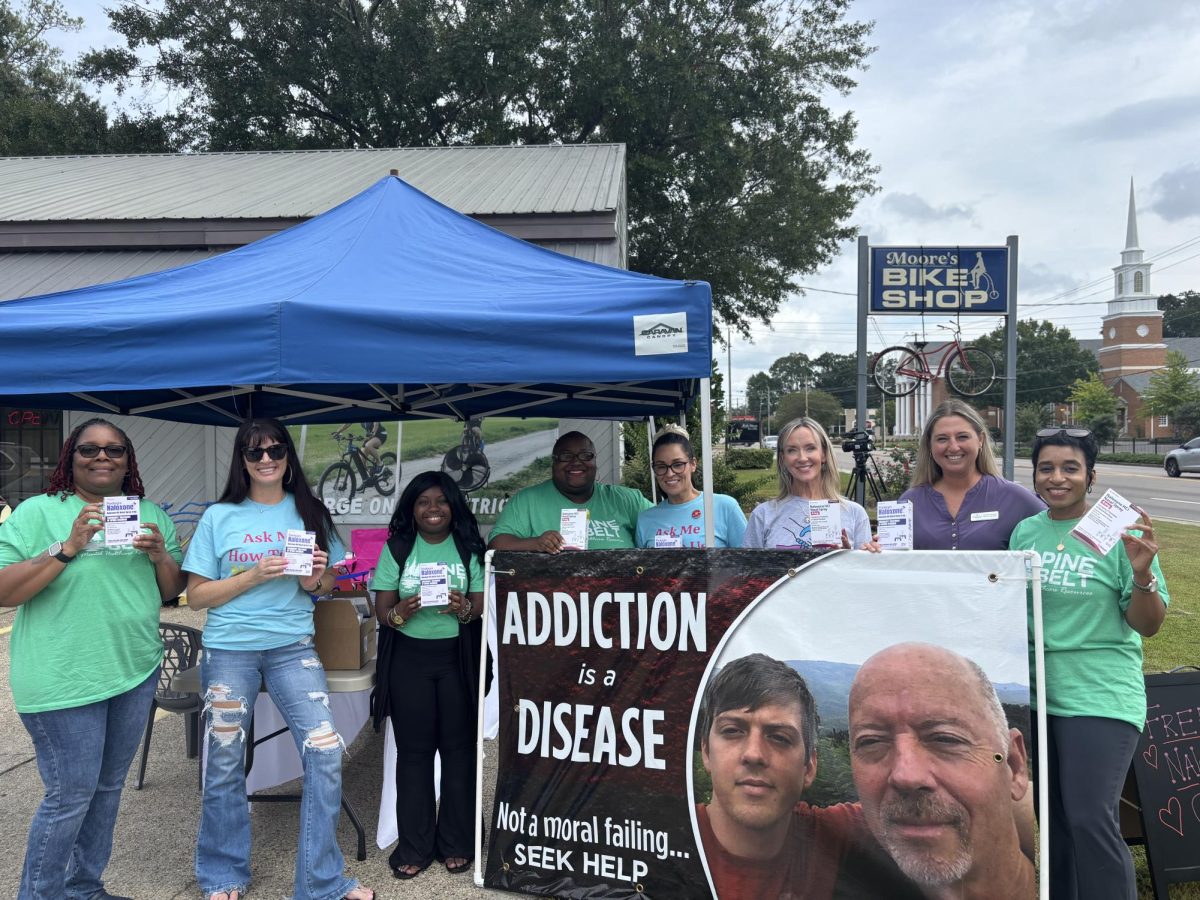Students from USM’S Department of Nutrition and Food Systems will provide the final nutrition education session to parents and teachers participating in the Healthy Hawkins program on March 29 .
The Healthy Hawkins program, a four-week course held every Tuesday in March, is an initiative promoted by The Office of Health.
Jodi Ryder, Health is Golden Initiative director, believes there is massive need for the program.
“We need to work better to educate our surrounding community about nutrition and fitness,” she said.
Through the Healthy Hawkins program, staff from the Health is Golden Initiative and students from the College of Health bring awareness to nutrition and fitness, and educate attendees on good nutrition and fitness choices.
Although attendance has not been close to what was originally expected, the response from those who have participated has been positive.
“I feel that they’ve received very usable knowledge,” Ryder said.
Participants learned how to eat well on a budget. They went shopping with $10 and made healthy choices like fresh fruits and vegetables.
“It became a mini-competition,” said USM instructor LaShaundrea Crook. “They really enjoyed that.”
Although the Healthy Hawkins program will soon end, there is speculation that similar programs will be introduced in the fall.
“Right now, we’re just talking to adults, but one of the Hawkins Elementary coordinators asked if our dietetic students were interested in coming back and offering it to the students in the classroom and we think we can,” Crook said.
Mississippi is one of only six states that require physical education in every grade. Yet according to data from the President’s Council on Fitness, only one in three children are physically active every day. Additionally, only one in three adults receive the recommended amount of physical activity each week, more than 80 percent of adults do not meet the guidelines for both aerobic and muscle-strengthening activities and more than 80 percent of adolescents do not do enough aerobic physical activity to meet the guidelines for youth.
The council’s statistics regarding nutrition and obesity are just as dire: The number of fast food restaurants has more than doubled since the 1970s, and in 2008, an estimated 49.1 million people, including 16.7 million children, experienced food insecurity – or limited availability to safe and nutritionally adequate foods – multiple times throughout the year.





























